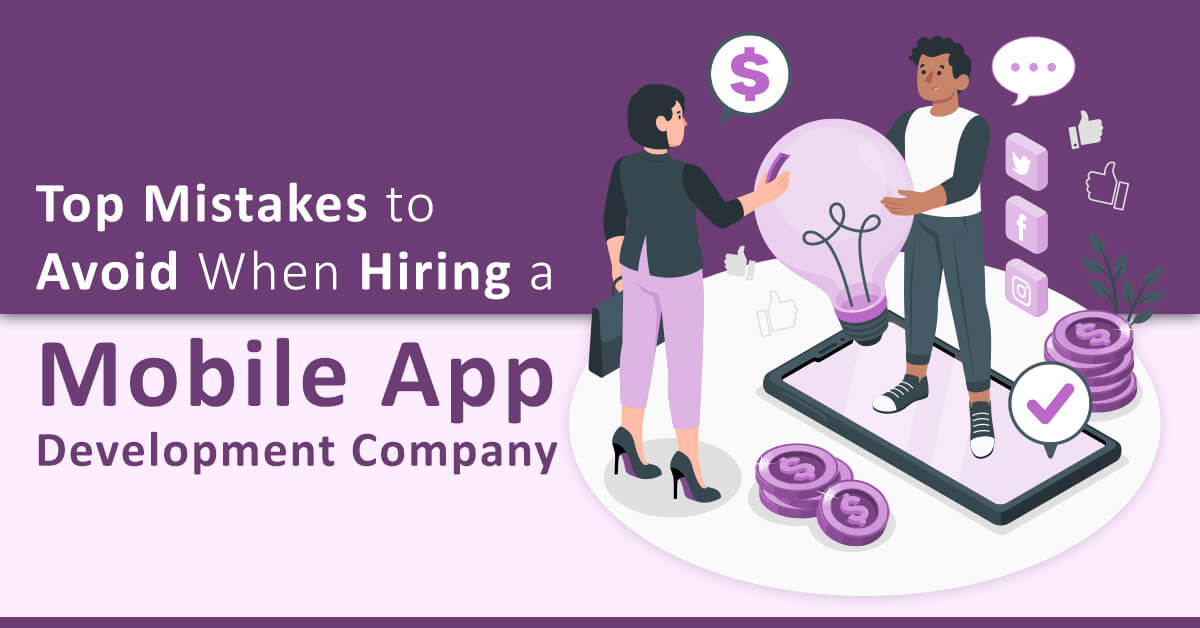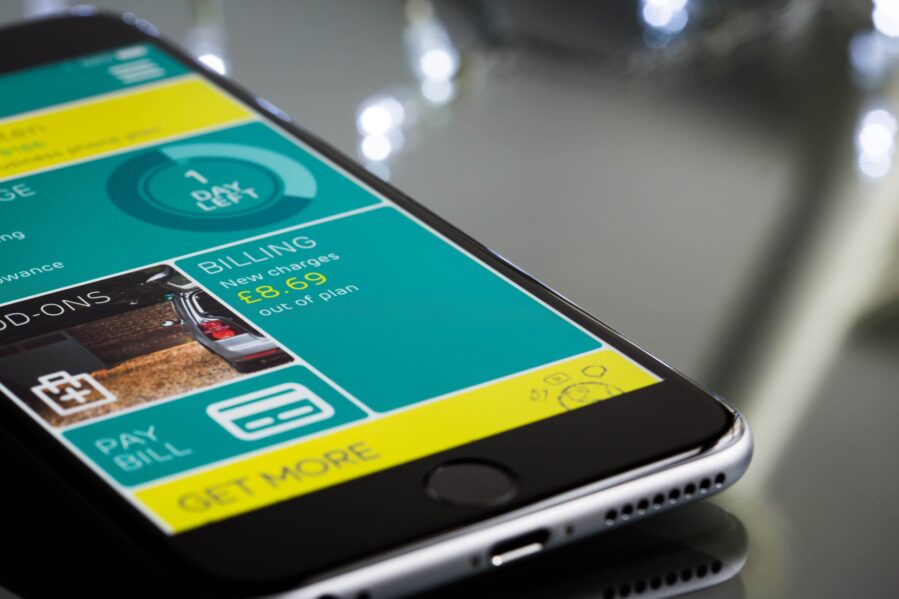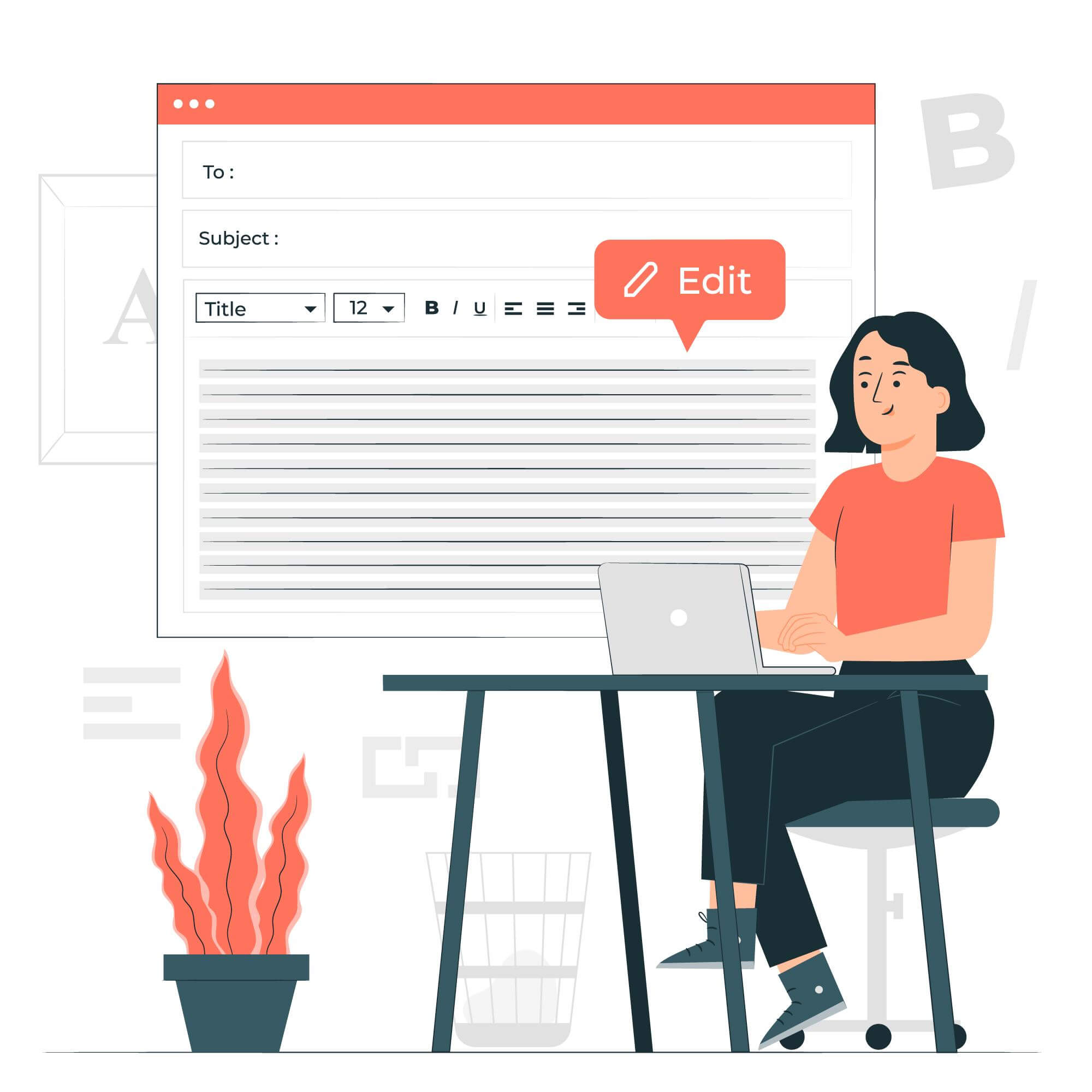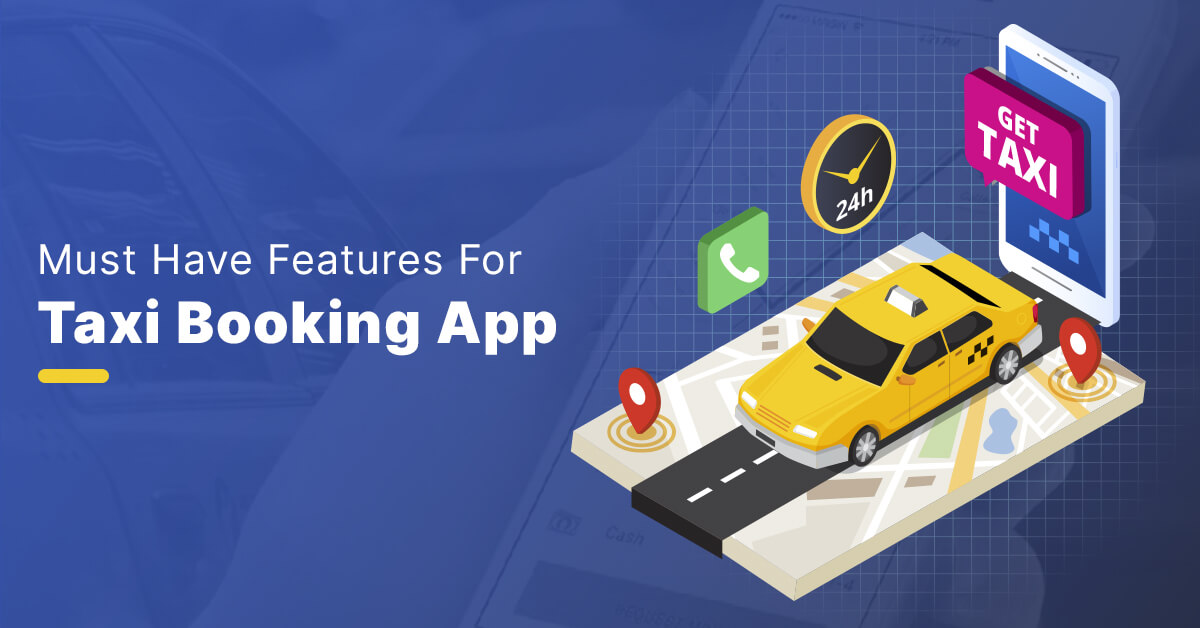
- App Development
- Technology
- 1 Jan, 2025
- Marcia Barron
Table of Contents
Mobile apps are the fundamental necessity for any business to survive and thrive in the modern-day competitive scenario. Be it better market penetration or increasing sales or providing better and more personalized customer services, mobile apps have become the most vital cog in each of these business aspects.
Businesses of any shape and size can use mobile apps. This is why a plethora of organizations are moving towards developing their own app to garner more customer attention. But in a hurry to jump in the bandwagon, business organizations, be it startups or enterprises, commit mistakes that could prove hazardous for them in the future.
Mistakes to Avoid when Hiring Mobile App Development Company
Here is the list of top blunders that a business should keep away from while hiring mobile app developers. Avoiding these blunders can help you take your business to greater heights with better profits.
Not focusing on the future
Most of the organizations are so much invested in the present times that they forget to think about the future and how they would run the mobile app in the long run. Businesses need to think about the changing needs for audiences to stay afloat. Business owners should make it a point to select from the top mobile app development companies that can stay up-to-date with the constant call of innovation that the mobile app world demands.
Innovation becomes essential for the smooth running of the product life cycle and will seal your app’s future. Working with an innovative app development agency will keep you on the same page and ensure that the mobile app’s planning is done for the long haul.
Scratchy Background search of the company
Doing an incomplete background check of the company that you are going to hire for app development can prove futile as you will not get the desired result. Make sure you check the company’s previous credentials thoroughly and go through the comments and reviews that their clients have made for them.
In addition to this, you can download the previous mobile apps built by the mobile app development firm to have a hands-on experience and try to get the look and feel of their work.
Focusing on cost over skills
We agree that the cost of mobile app development is an essential factor, but it should not be the basis for making your primary decision. Instead, an organization should form their judgment about hiring a mobile app developer based on the company’s experience and expertise in the work to see if they are fit for the job. Remember that, if you opt for a low initial cost, it will benefit you initially, but afterward, you have to pay dearly for the mistake you made.
You hire your best resources based on their skills and not on the price. Apply the same principle while hiring the best mobile app development company for your app. This will ensure that the hired app developers can also efficiently suggest and integrate the latest mobile app development trends taking your business a step ahead of your competitors.
Not asking the right questions
You need to clear the air about everything before hiring the remote app developers and hand over the application development work to them. Think about every possible situation that can happen and make a list of questions to ask your dedicated app developer.
Asking the right set of questions will keep you on the same page with the app development firm without a kind of confusion, which can hamper the mobile app development process.
Here are some of the most relevant questions that will help you in your quest:
- What is your total year of experience?
- List of clients that you have worked with previously?
- List of apps that you have developed for your clients?
- What is your method of providing updates to your clients during the app development?
- What support and maintenance we can expect after the delivery of the app?
Not looking for offshore companies
Businesses that opt for mobile app development partners in their own vicinity, devoid themselves of the expert and experienced app developers they can hire if they go for offshore IT companies.
Hiring an onshore app development company would provide you with limited opportunities to work with. Be it the vast experience of developing different kinds of apps or working on various tools or developing apps at a lower cost without compromising on the quality; an offshore company would provide you all of that.
Haste is waste
Enterprises should understand that mobile app development is a complicated process, and effective mobile apps can only be developed with team coordination. Thus, don’t proceed with the app development process unless you are not on the same page with the offshore mobile app development company or won’t get the expected output.
Important takeaways
While selecting an ideal mobile app development company to hire, you should keep all the factors mentioned above in mind to avoid any kind of blunder. Avoiding these mistakes will help you find your perfect mobile app development partner and develop more customer-centric mobile apps to enhance and expand your business.
Social Join To Us
Write for us
Table of Contents
In today’s dynamic digital landscape, entrepreneurs and startups are constantly seeking innovative ways to carve out their niche. For those looking to venture into the world of mobile applications, specifically in the transportation sector, building a taxi booking app can be a lucrative endeavor. We’re here to guide you through the essential features that a successful taxi booking app should encompass, providing valuable insights for business people, startups, and entrepreneurs aiming to make a mark in this industry.
Let’s Ride!
Intuitive User Interface: The Launchpad of Your App
- Designing for Ease and Accessibility: The cornerstone of any remarkable taxi booking app is its user interface. It should be intuitive, easy to navigate, and free from clutter. We advocate for a design that is welcoming to all users, regardless of their tech proficiency, ensuring that booking a cab or taxi is a hassle-free experience.
- Inclusivity in Design: An inclusive app design, featuring elements like voice commands and readable fonts, not only cater to a diverse demographic but also broadens your taxi booking app’s appeal, making it accessible to a wider audience.
Real-Time Tracking: The Trust Builder
- Securing User Confidence: Real-time tracking is not just a feature—it’s a trust builder. By allowing your users to track their ride from booking to arrival and throughout journey, you instill a sense of security and reliability in your service. This feature is crucial in establishing and maintaining user trust in your taxi booking app.
- Empowering Drivers: This feature also plays a pivotal role in aiding drivers. Real-time updates on traffic, routes, and pickups can significantly enhance their efficiency, contributing to the overall success of your app.
Popular taxi booking apps have also installed real-time tracking feature and gained trust of their app users, which in-turn helped them in user retention.
Versatile Payment Solutions: The Key to User Convenience
- Facilitating Smooth Transactions: In the age of digital wallets and online banking, offering multiple payment options is a necessity. Integrating various payment methods caters to user preferences and enhances the booking experience.
- Prioritizing Security: While diversifying payment options, prioritize the security of transactions. Implement robust encryption and secure gateways to protect user data and maintain the integrity of your app.
Feedback and Rating Systems: The Path to Continuous Improvement
- Encouraging User Engagement: Incorporating a feedback and rating system is crucial for continual improvement. This feature enables users to share their experiences, providing you with valuable insights to refine and enhance your service. The review affects your business revenue as well.
- Quality Control through Ratings: These systems also serve as a quality control mechanism, ensuring that only the best drivers are part of your network, thereby elevating the standard of service offered by your taxi services app.
Reliable Customer Support: The Backbone of User Satisfaction
- Ensuring Constant Availability: Offering round-the-clock customer support is essential in resolving issues promptly and efficiently. This level of support reassures users that assistance is always available, enhancing their overall experience with your cab booking app.
- Diverse Communication Channels: Cater to various user preferences by providing support through multiple channels, such as chat, email, and phone. This approach makes your service more accessible and user-friendly.
Customized Offers and Discounts: The Strategy for User Retention
- Rewarding User Loyalty: Implementing tailored offers and discounts can significantly boost user engagement and retention. These incentives, whether for new users or loyal customers, add value to every interaction with your app for taxi booking services.
- Personalization is Key: Personalized promotions, based on user behavior and preferences, make your users feel valued and encourage continued use of your taxi booking mobile app.
Conclusion: Embarking on a Journey of Innovation
As you embark on the journey of developing a taxi booking app, remember that the key to success lies in a user-centric approach, innovative features, and a commitment to quality. These fundamental features form the backbone of a successful taxi booking app, catering to the needs of your users and setting your app apart in the competitive digital marketplace.
Table of Contents
Mobile banking is one of the world’s most popular and fastest-growing fintech innovations. It allows people to manage their finances from anywhere and at any time. It also helps them save time by avoiding long queues, managing their finances on the go, and having access to all their accounts from a single app.
Mobile banking has many advantages over traditional ways of banking, such as ATMs or branch visits. Gone are the days when people have to fall in line to complete their transactions or even take a leave from their daily responsibilities just to spend all day in the bank. Now, thanks to mobile banking, you can do your banking matters with just a few clicks and taps.
In the U.S., over 70% of customers from the four major banks use mobile banking apps, making mobile app development a growing industry. Bank of America’s mobile banking app has 29 million users worldwide, according to Statista.
More than convenience, mobile banking apps should ensure an overall pleasant customer experience. This includes ensuring that the app has a simple and user-friendly interface and well-thought features.
This article will explain how app development has been utilized in mobile banking. Mobile banking requires devices such as a tablet or smartphone to access bank and other financial accounts. All the things you would do in a physical bank, you can do with a few clicks or touches of a button.
With its notable features and undeniable convenience it brings, not to mention 24/7 access, it’s no wonder millions worldwide use mobile banking apps for any of their financial transactions today.
Among common reasons why people use mobile banking apps, according to a Statista report, are the following:
- View account balance and recent transaction
- Pay bills and transfer funds
- Contact customer service
- Open a new account
Everything you need to accomplish your banking needs should be available in a mobile banking app. Thus, an ideal app should offer core features such as bills payment, push notifications, account creation, and customer support.
It should not take too long to open a new account and upload the necessary documents as part of the sign-up process.
Some mobile apps have other valuable features, such as a QR code scanner, 2FA verification, cashback service, smartwatch apps, and spending trackers.
User-friendly design is important at this stage, especially since it helps an app stand out against competitors. Customers would be turned off if they cannot easily navigate the app and end up deleting it and choosing a different one instead.
Many people are too busy to fall in line for a bank transaction. That is why mobile banking is a very helpful tool for busy people who want to do online transactions no matter where they are.
While banking apps focus on automating everyday transactions, you can still contact actual humans for further assistance. For example, you can still talk to an actual agent or representative to unblock a card instead of a chatbot.
The Benefits of Mobile Banking
Most mobile banking apps are secure and have many features that add to the overall positive user experience. For banks, a mobile app can help lessen operational costs and staff expenses, and it is paperless, making it environment-friendly.

Other benefits of mobile banking are the following:
Lower expenses
Using mobile apps can help banks save money as they can cover a larger area and cope with high loads. Likewise, it offers better accuracy and reduces customer service expenses.
Mobile transactions are also less expensive than ATM transactions. The former can only cost a few cents per transaction, while the latter can cost almost a dollar or around $4 when you go to a branch.
High ROI
Software development, including mobile banking apps, could be expensive, especially in Australia, Canada, and the U.S. It depends on the features, UI/UX design, and platform. Naturally, banks would love to get back these expenses which can increase in:
- ATM withdrawals
- Revenue from transaction accounts
- Point-of-sale transactions
- Customer loyalty
- More positive engagement from customers
More positive customer experience
Speaking of positive experiences, some banks use desktop apps or chatbots to handle customer transactions. While these can help provide a better customer experience, mobile apps hit differently; for one, they are more convenient and secure.
You get the results you want in real-time without waiting hours. You can do your transactions no matter where you are. The mobile experience also makes a third of banking app users stay with their current bank.

Additional marketing channel
Nowadays, most banking apps use push notifications and a personal dashboard to notify customers of promos, announcements, and other important information. You don’t have to log in to their website or go to one of their branches to be updated.
Common Mobile Banking App Development Challenges
Most mobile banking apps usually have features that ensure user conveniences, such as 24/7 support, cashback, and transaction history, among a few. However, it always comes with challenges that could put off first-time users.
For one, the KYC (know your customer) verification process is a must before and while they use a mobile app. It could take time to complete the KYC process, but it ensures peace of mind and security for your hard-earned money.
The fintech industry is fast-growing, which also means ever-changing business logic and requirements. For mobile banking app developers, creating a codebase that they can easily update to make sweeping changes is essential.
Mobile banking app developers must also comply with legal regulations, such as the PCI SSC (PCI Security Standards Council), Bank Secrecy Act (BSA), Financial Modernization Act, and Fair Credit Reporting Act. The legal regulations depend on your location but should be followed nonetheless.
Takeaways
Mobile banking has changed how people do their financial transactions. It is a huge step towards the future of banking. It has made banking more convenient so people can focus more on more crucial things they need to accomplish.
Since it involves confidential information, mobile banking app developers should ensure customers’ data is secured and safe. More than convenience, a user-friendly interface and loads of useful features are the overall pleasant experience every customer deserves.
Table of Contents
Throughout the early 1990s, the Internet’s frontiers continuously continued increasing at an exponential rate. In addition, the use of digitalization has been fast rising. Digitization is converting conventional information to digitized material utilizing an analog-to-digital converter (ADC) such as an image scanner or electronic audio recorder.
Earning and accepting transactions as a corporation or business has seldom proven quicker owing to technological advancements.
There is no disputing that we are encircled with innovative products in this era of hi-tech gadgets. This is the age of Generation Z. Kids are often fascinated by high-tech products that improve existence simpler. As a result, the anticipation of a digital or actual adventure grows exceedingly specific.
To provide an exciting adventure, escape rooms in Flagstaff, for instance, must combine top-notch attributes. As a result, the escape room Flagstaff businesses around us have effectively created the ideal ambiance. All of this became only achievable because of technical developments.

Organizations are hardly frequently intruding on clients’ windows and demanding payment for past-due payments. Instead, businesses use billing software. This allows enterprises to convert quotations into payments quickly and notify their clients when a transaction is necessary – easy. This is fantastic since it guarantees accounting is no longer a time-consuming or unpleasant task.
The technologies to which we are now acclimated have prepared the road for us to develop further. This collection of present and forthcoming advancements can revolutionize our existence considerably more.
Digitalization, on the alternative hand, utilizes numerous technological innovations to alter a company model, establish alternative income streams, and investigate new methods to produce corporate value. Beyond digitization, transformation transforms a traditional firm into a global organizational environment.
It entails employing informational innovation (IT) to revolutionize companies’ organization in the contemporary world by reviewing, re-engineering, and rethinking it. Digitalization likewise assists businesses in collecting data, analyzing trends, and making smarter commercial decisions.
However, technological transition (DX) encompasses more than automation and modernization of pre-existing processes. DX refers to an enterprise’s use of electronic information to achieve shared goals such as increased efficiency, value, or innovation. It explores whether the current contemporary technology may be used to alter goods, processes, and businesses. DX is, in essence, a company change fuelled by digitization.
1. Intelligent robots
More chores. It’s tedious, but it’s unavoidable. However, suppose machines might assist you in avoiding your misery? Robotic vacuuming cleaners and intelligent household products are presently on the market. More significant, better-productive engines are also emerging.
Humans may undoubtedly live in a time when valuable machines serve as butlers, chefs, or simply dogsbodies throughout the house.
2. Cryptocurrency innovation
Organizations have typically relied on centralized servers for digital bookkeeping. Distributed ledger technology (DLT), often known as cryptocurrency technology, is a transparent computational database network many users share. The transparent ledger platform generates a tamperproof document (a block) of each user’s transaction, and every transaction is time-stamped and linked to the preceding block.
This sequence of blocks, or blockchain, may permanently be altered by the agreement of the system’s users. Furthermore, every transaction in the database has a distinctive cryptography signature that aids in the tracking of that block and others on the chain. As a result, the logged data cannot be changed or destroyed, making the blockchain an ideal bookkeeping and reporting solution.
The cryptocurrency platform keeps a visible, genuine, and traceable history of each transaction between system users. As a result, the technology is ideally equipped to distribute privacy regulations and control identification availability in a business.

3. The Multiverse
The notion of the metaverse is relatively new, at least in the technological realm. Nonetheless, it captured the public imagination when Facebook CEO Mark Zuckerberg relaunched his parent firm as Meta on October 28, 2021. The renaming move indicates Zuckerberg’s dedication to and financial investment in the metaverse idea.
All of the recent technological breakthroughs point to someone more excellent developing in the opposing part of the globe. We are seeing the birth of a unique artificial universe known as the metaverse. It enhances existing digital apps and platforms that provide a comprehensive but real-world user experience.
4. Information Technology Provides Unlimited Market Potential
The digital workplace ushers in a new corporate world brimming with limitless prospects. It enables a company to efficiently market its services and offerings to a broader public. Using technological advancements such as the virtual world, cryptocurrencies, and Neurofibrillary, a firm may break out from a double e-commerce realm and traverse virtual yet four real-life-like worlds for continued commercial development.
DX communications requirements are documented business-to-business (B2B) correspondence in the digital world, allowing significant corporations to conduct transparent discussions, documentation, merchandise evaluations, and deal-making. Furthermore, they may persuade clients through highly engaging and genuine marketing techniques.
5. AI (Artificial Intelligence)
AI remains a frightening idea for the typical individual.
AI benefits organizations because it eliminates the need for individuals to conduct tedious and time-consuming jobs. This includes anything from email marketing (which may now be generated instantly) to internet phone support via avatars.
However, since technology has enhanced the provision of content and training possibilities, we are increasingly witnessing the teacher’s role shift to a digital learning role in many courses, as participants take increasing responsibility for their knowledge and use digital to gain relevant understanding.
Schools and institutions worldwide are redesigning classroom environments to support this new form of teaching, encourage more excellent contact and little unit work, and leverage technology.
CONCLUSION
The Internet is a fantastic tool that may aid and enhance schooling in many ways, from allowing professors to develop instruction content more quickly and creating new opportunities for people to study and communicate.
It is considering the Internet’s worldwide availability and the proliferation of digital devices that can connect with it, a new period everywhere, whenever education is on the horizon.
It must be up to didactic developers and academic innovations to capitalize on the potential of digital to transform learning so that successful and affordable training is provided to everyone everywhere.











